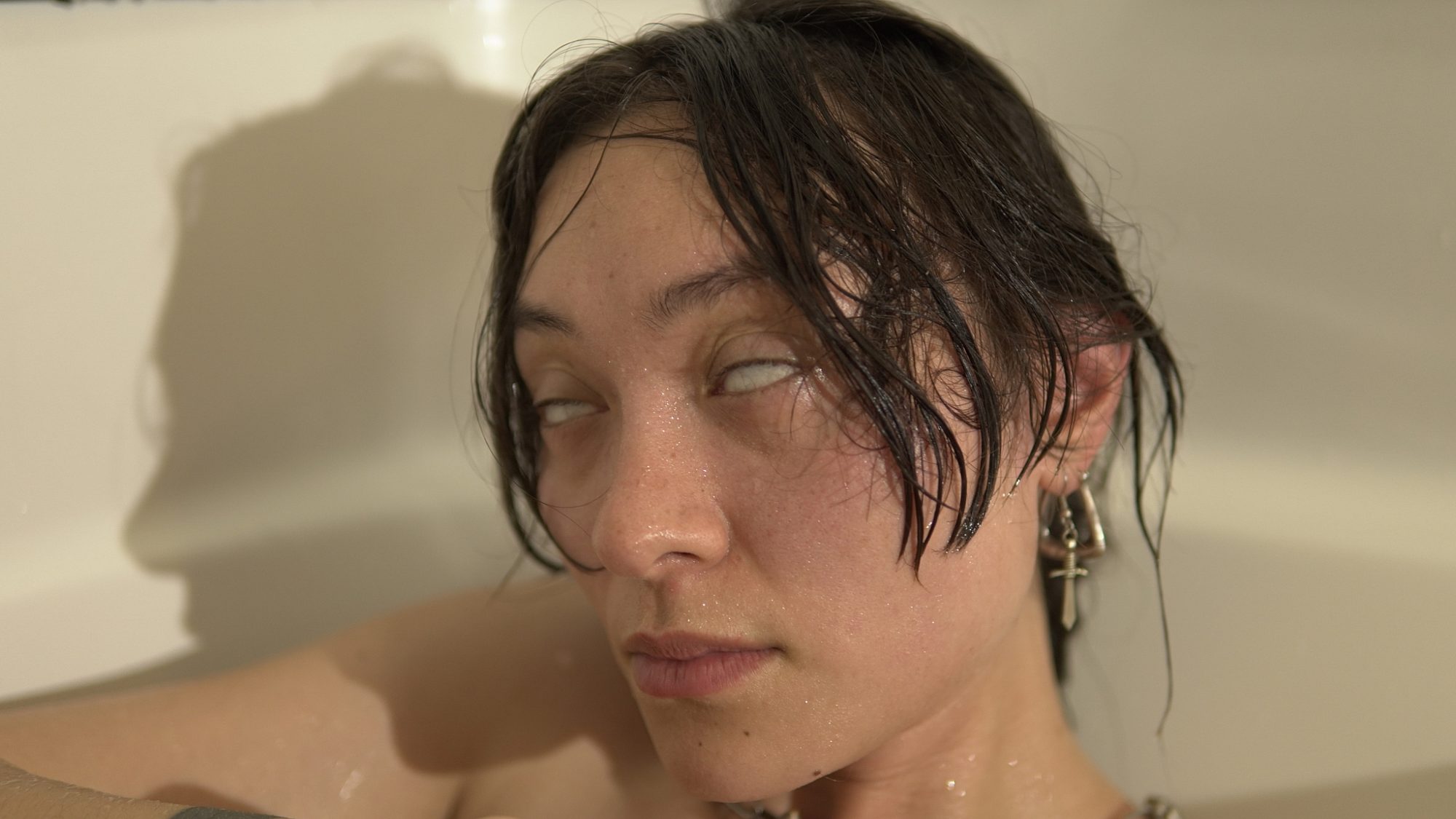Collaborations
Be Heintzman Hope

Service provided by Parbleux
- Delegated production from 2021 to 2023
Moving between sound and performance, Be Heintzman Hope is a facilitator of music, dance and embodiment ritual based between Tio’tia:ke/Mooniyang, colonially known as Montréal and the unceded territories of the xʷməθkʷəy̓əm (musquem), Sḵwx̱wú7mesh (Squamish) and səl̓ílwətaʔɬ (Tsleil-Wateuth) peoples.
Their practice bridges dance training with conflict resolution, healing and community arts. They hold workshops in transitional spaces, dance institutions, universities, DIY contexts and festivals that center queer, trans, racialized bodies and sex workers — offering meditation, singing and dance as medicines to those on the front lines of their healing journeys.
They have facilitated workshops for various organizations and institutions such as Sherpa Centre de Recherche, Queens University, University of the Arts Philadelphia, University of Pennsylvania, Mascall Dance, Toronto Dance Theater, Ponderosa, Studio 303, The Toronto Dance Community Love-In, Articule, Festival Trans Amériques and The Center for Gender Advocacy.
They dance in Clara Furey’s recent creation, Dog Rising, alongside Brian Mendez and Baco Lepage-Acosta. This endurance piece uses repetition to explore primitive impulses, dissonance, unison, and polyphonic vibration.
Simultaneously, Be is in the process of creating a multi-media déambulatory performance and installation. Their studies in eroticism, energetic boundaries, meditation, medicine, trauma, healing, illness, and death are at the foundation of their practice. A larger part of this work is a quest to co-create alternative economies and community-based structures of radical tenderness and care.
Artistic intent
My body is a site for emotional excavation, it is the basis of my work. Unsaid things live on inside bodies, taking up space. I work to create space for the body to speak. Working with the disparate logic of words and movement, I seek to untangle how this dissonance manifests in gesture.
The western context creates a space where the language of the body needs validation all the time through verbal and written analysis. Working in wordless imaginaries allows the nuance of tone to become a language itself. Using tone as language is a diasporic act of resistance to colonial language(s) and the loss of our mother tongue(s).
The experiences I facilitate work in tandem with a sense of social and spatial awareness. Through such an awareness, participants are able to correlate their movement to their identity and the impact they have on their immediate surroundings.
For me, creation is healing and inextricable from health. It is through holding space for trauma that I co-create future imaginaries. Through play, voice, movement, music, video, performance and ritual, I work with my collaborators to unearth energies that might otherwise lay dormant. I curate energies between people. I am interested in energy that can only be unlocked through connection and the enabling presence people have on one another. My aesthetic seeks energetic sensitivity unique to a moment, unique to two people, unique to a group. As a performer and a facilitator, I see my body as a site for transmission that reaches to be as expressive as it is receptive.